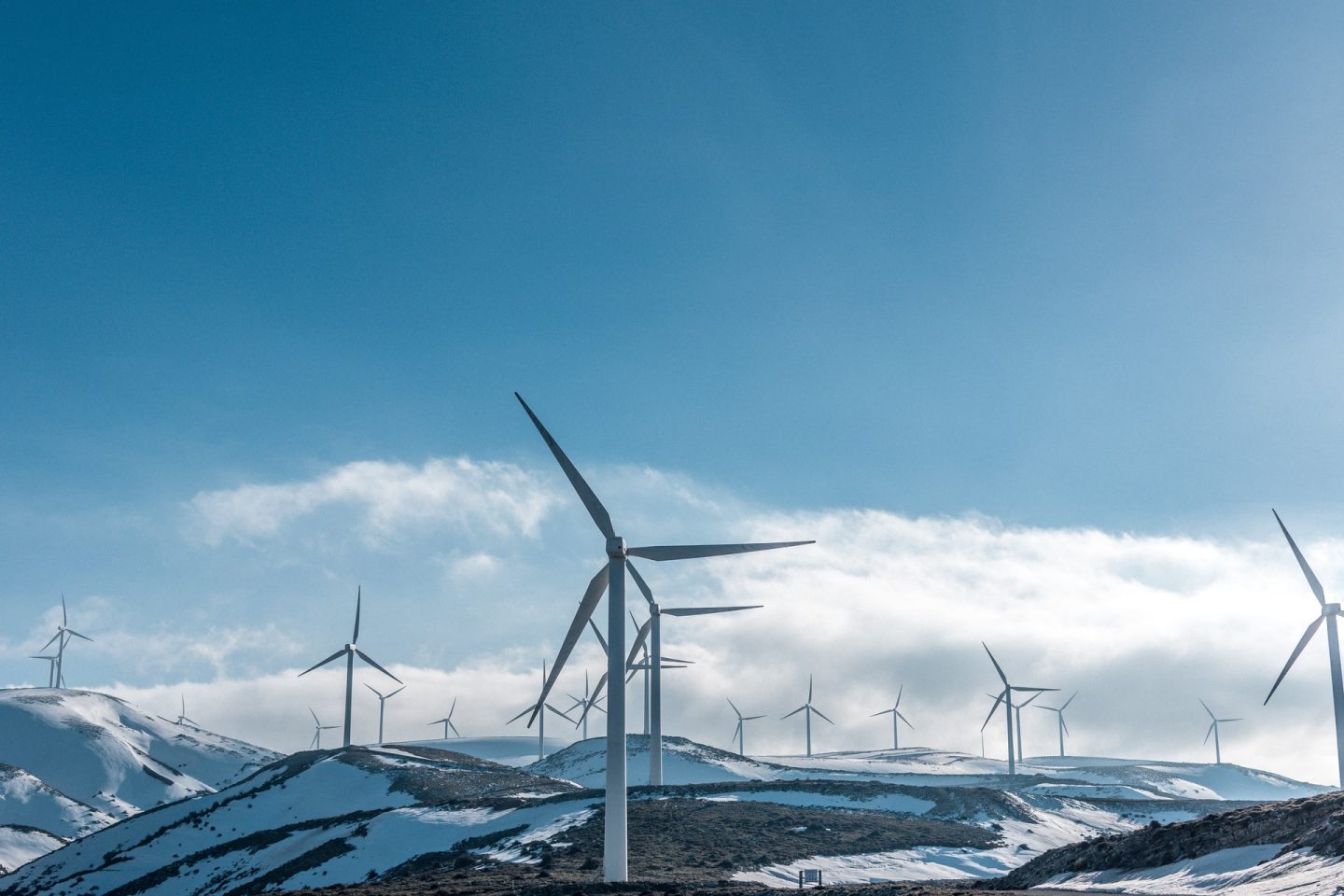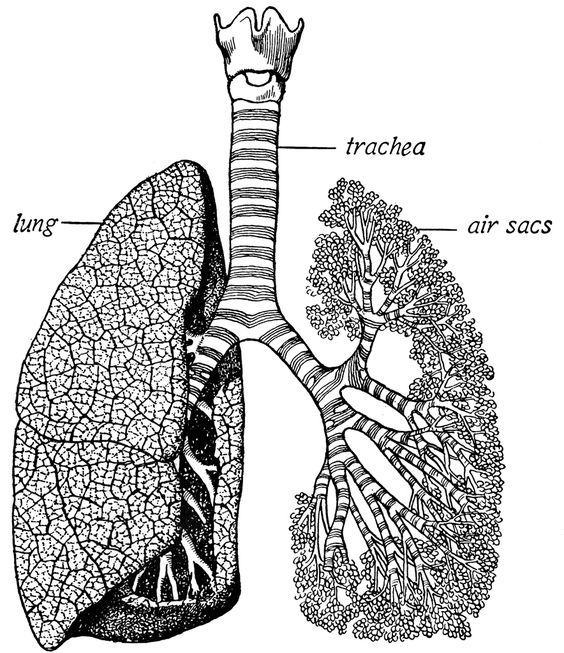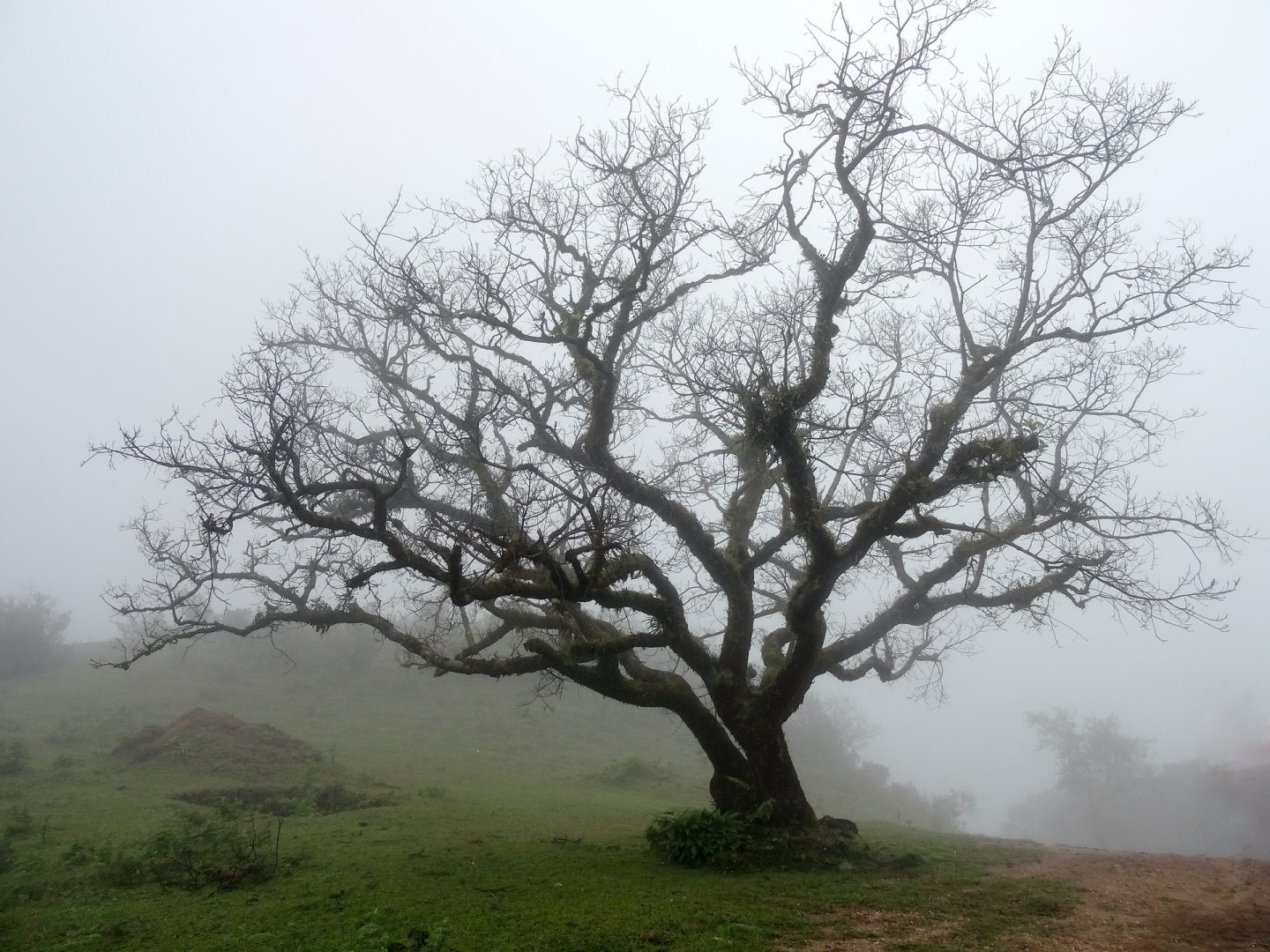Do you often wake up with a bit of a thick head? Like you’ve got a hangover without earning one? Maybe you feel energyless and sluggish in the mornings? You’re probably neglecting your breathing; try a bit of samavrtti pranayama.
Say what?
Yeah: it sounds kinda dumb – but breathing is the source of our energy. And – sometimes – our morning sluggishness (or afternoon malaise) is a result of unconscious, lazy breathing.
This article is all about sama vritti pranayama and the distinct lift of energy you receive after some short, simple practice.
What is Pranayama?

Ok, before we get going, let’s break down some of this jargon.
Pranayama is the yogic practice of conscious breathing.
Prana means “breath” or “air” – some even say that it means “life itself.”
Yama means “control.”
So, the art of pranayama is the art of breath control.
What is prana?

Prana is everywhere – it’s the universal energy that surrounds us. It’s physical, mental, intellectual, sexual, spiritual, and cosmic. It’s difficult to define as one single thing because it’s everything: heat, light, gravity, magnetism, and electricity.
But before we get all hippy about this:
We could just consider this from a scientific perspective. And we could say that prana is oxygen.
That’s a little simplistic, but for an introduction, it’s a good starting point.
The in-breath

In yogic terms, the in-breath is effectively our commune with the universal. We survive because we accept the energy (prana/oxygen) that surrounds us, inviting it into our bodies.
When we inhale, we draw energy into our lungs.
And – if we breathe consciously and deeply enough – we draw that energy to the tips of the bronchial tubes (the alveoli).
The lungs

The lungs are surrounded by blood.
And when we inhale deeply, the oxygen/prana/whatever you want to call it is ingested into the blood through the lining of the lungs.
And the heart pumps that oxygenated blood around the body, feeding every living cell – including the brain – with positive energy.
Breathe into the tips of the branches

When I’m teaching pranayama in my yoga classes, I often refer to the image of a deciduous tree in winter. Once the leaves have fallen, we see the structure of the branch network. And if you squint your eyes a little, you can see the shape of the lungs and the brain.
So, when I’m teaching pranayama, I say:
Breathe into the tips of the branches.
OK, so Sama vritti, then?

Sama means “equal.” Vritti means “action” or “movement”.
Sama vritti (or samavrtti) is the act of consciously making the in-breath and then out-breath equal (in duration). If the in-breath is naturally five seconds long, then it’s the conscious action of making the out-breath five seconds long as well.
This is the first level of samavrtti pranayama – the even duration of the inhalation and exhalation.
What does samavrtti pranayama do?
On a mental level, samavrtti pranayama helps calm the mind, bringing a little window of tranquillity into your day.
On an energetic level, samavrtti helps you consciously ingest more oxygen, refreshing your physical energy and drawing focus on positive action.
Practiced first thing in the morning, it brings focus and positive intention to your day.
How to prepare for samavrtti pranayama
It’s good to sit while practicing samavrtti, but it’s fine to lay down if that isn’t right for you.
Elevate your chest with some cushions (or a bolster) underneath your back if you’re lying on the floor.
Like this:

If you’re laying on the floor like this, just stretch your legs out straight. This is a good starting position.
If you’re sitting, make sure you’re comfortable with cross legs, or it’s fine just to do this sitting in a chair. If you would rather be on the floor but it’s a lot of effort to hold the lift of the chest, then sit on a lift: some cushions or some large books.
First, bring your attention to your breath
The first stage of any pranayama is to spend some time with your breath. This is normal breath with no effort to affect it.
We might call this Ujjayi Pranayama, stage 1.
Notice:
- When you inhale, the chest rises upwards and outwards.
- When you exhale, the chest lowers, and the ribs relax.
Listen:
- To the sound of the breath as it enters and exits.
- Notice the sound of the in-breath originates at the nostrils; the sound of the out-breath comes from the back of the throat.
Feel:
- The in-breath touches the inner, lower surface of the sinuses.
- The out-breath touches the upper, outer surface of the sinuses.
Observe:
- The rhythm and length of your breath. Is your in-breath longer than your out-breath (or is it the other way around?).
- The feeling as the breath reaches the tips of the branches.
- The breath as it fills the armpit chest.
Let the muscles around the chest be soft, but maintain a good lift of the spine.
Clear your mind
Easier said than done.
But be patient, and spend a good five minutes with Ujjayi stage 1.
You might find your mind wandering. That’s fine. Just bring your attention back to your breath as soon as you realize a thought has intruded.
Go back to the breath, and let the thought drift into the ether as easily as it popped into your head.
We’re ready for samavrtti pranayama
You can just follow the rhythm of your breath, but it’s probably better if you count it – it prevents random thoughts from popping into your head.
Remember, everyone’s lung capacity is different, so there’s no ONE way to do this. There should never be any tension in your breath here. Allow your breathing to remain slow, deep, and steady.
The work is just to unify the in- and out-breaths, maintaining a perfect, soft rhythm throughout.
So, when you’re ready:
- Count the in-breath. It could be a count of 4 or 5 (or less or more). Whatever feels unrestricted, unforced, and natural.
- Consciously make the out-breath last for the same count.
That’s it – at least, that’s the first stage. Focus on this practice for five to ten minutes.
Bring yourself out of the practice slowly
After you’ve completed your practice, go back to Ujjayi, stage 1. Just focus on normal breathing for a couple of minutes to bring you back from your samavrtti.
Practice with action
Samavrtti pranayama lends itself to more physical action, so if you want something a little more energetic and physically engaging, try it with some yoga practice.
In this video, we explore the following stages of samavrtti, where you include breath retentions for a more thorough energetic penetration.





